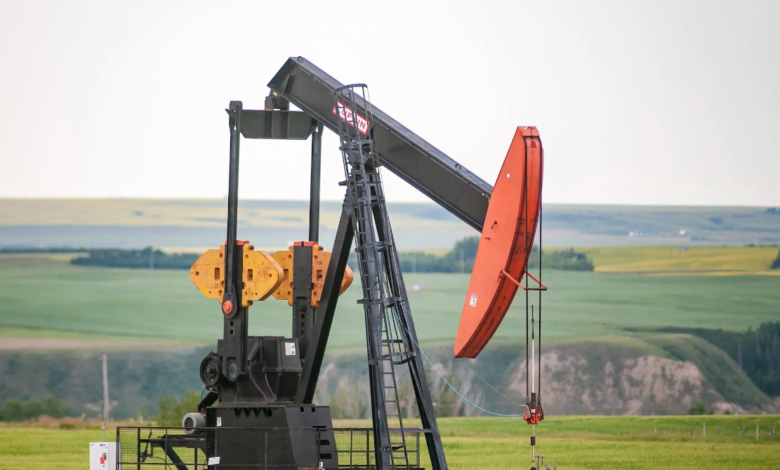IEA forecasts: Oil demand, peak ‘in sight’ before 2030

The medium-term market ratio “Oil 2023”
(sustainabilityenvironment.com) – After three years of turmoil, from the pandemic to the Russian invasion of Ukraine, global oil markets are gradually recalibrating. Reference prices for crude oil fell back below pre-war levels and market tensions eased somewhat. And although there are a number of uncertainties hovering over the sector, the International Energy Agency sees a clear trend in world oil demand: growth is expected to slow considerably during the 2022-2022 forecast period28, peaking before 2030. The predictions are contained in the new medium-term market report “Oil 2023“, published yesterday in Paris.
What will happen to the demand for oil?
According to the forecast document, based on current government policies and market trends, global demand for oil will increase by 6% between 2022 and 2028. Reaching 105.7 million barrels per day (mb/d) driven by the petrochemical and aeronautical industries. In the same period, global upstream investment will increase. The IEA estimates a plus 11% in 2023 at 528 billion dollars, compared to 474 billion dollars in 2022.
Read also New oil and gas exploration, Colombia says enough
Then the change of pace will come: the growth in consumption should fall to just 0.4 mb/g, giving a glimpse of a peak in demand. Thanks mainly to the progressive decarbonisation of the transport sector that between electric propulsion, efficiency and biofuel will reduce dependence on crude oil.
IEA forecasts, changes ahead
“The shift to a clean energy economy is accelerating, with global demand for oil peaking ahead of the end of this decade as electric vehicles, energy efficiency and other technologies advance,” said Fatih Birol, Executive Director of the IEA. “Oil producers must pay close attention to the increasing pace of change and calibrate their investment decisions to ensure an orderly transition“.
Special attention should be paid to refineries. These plants may have to shift the yields of their products to medium distillates and petrochemical raw materials to reflect the evolution of oil demand patterns. IEA forecasts estimate demand for premium fuels for road transport, such as gasoline and diesel, to be 1 mb/g lower than 2019 levels for 2028. At the same time, robust petrochemical activity and slower growth in the supply of liquid natural gas (NGL) should increase the demand for LPG and naphtha supplied by refineries.





